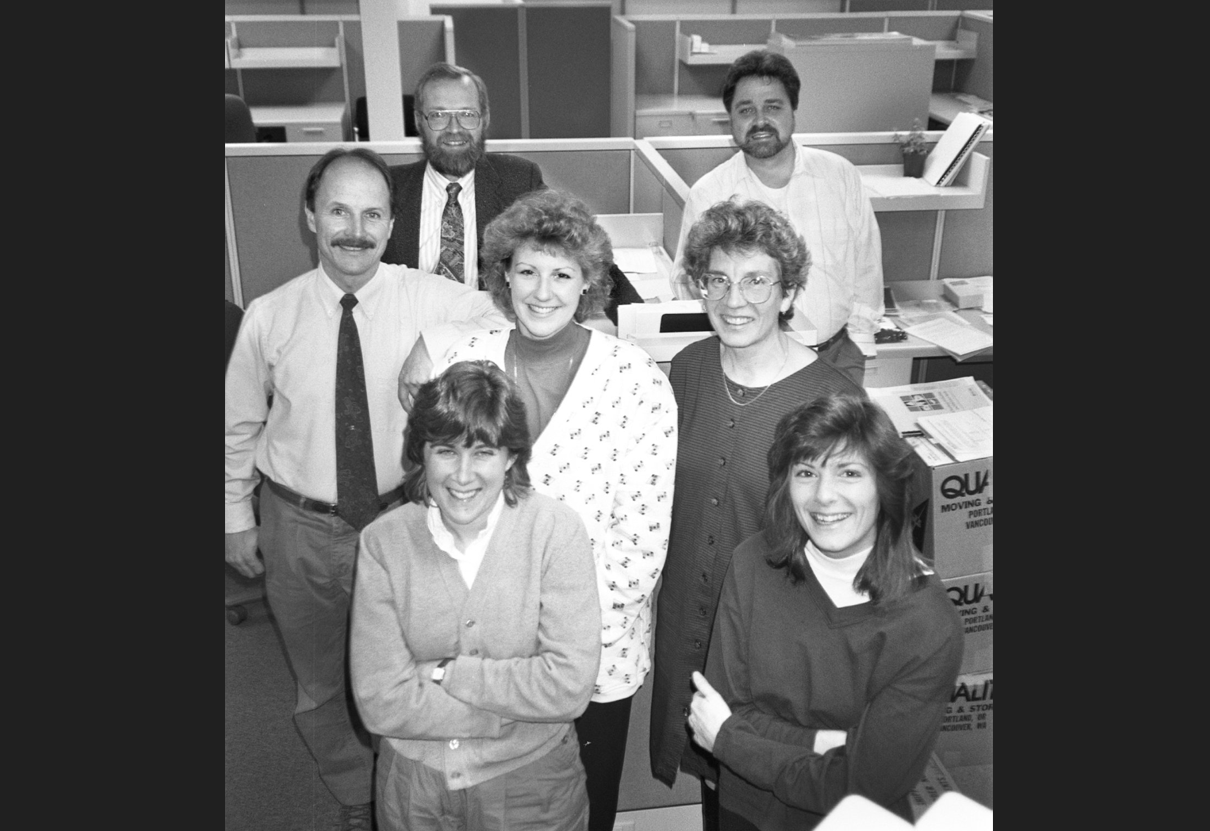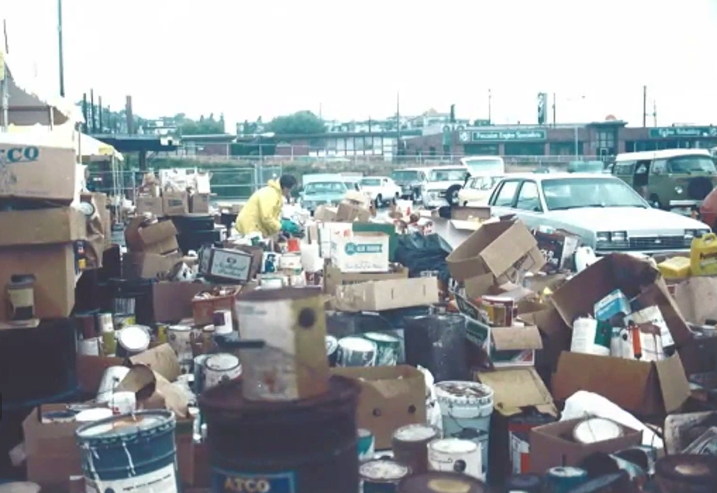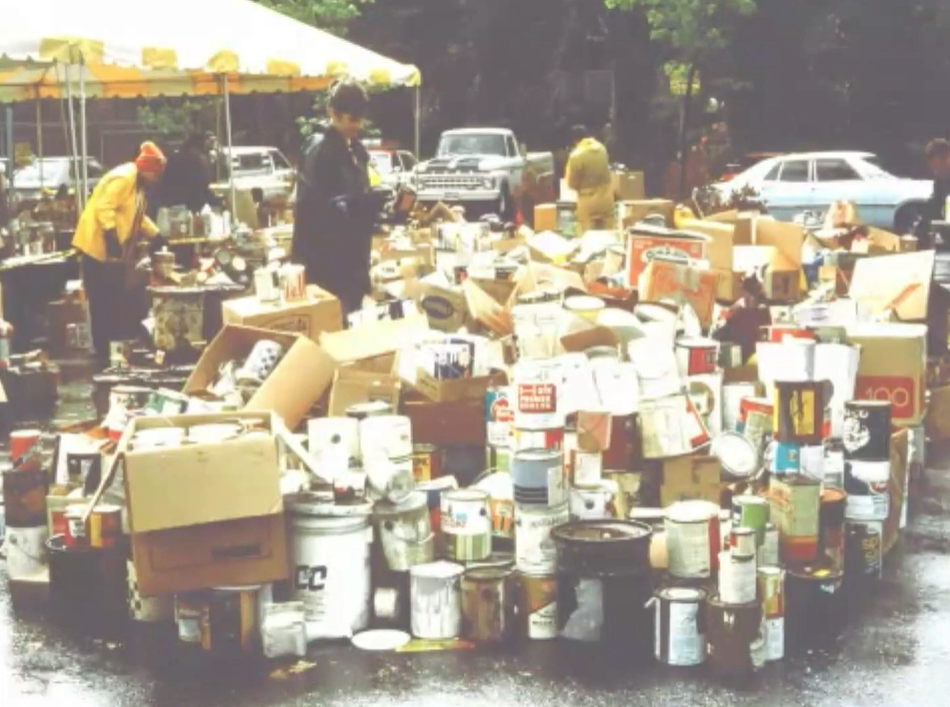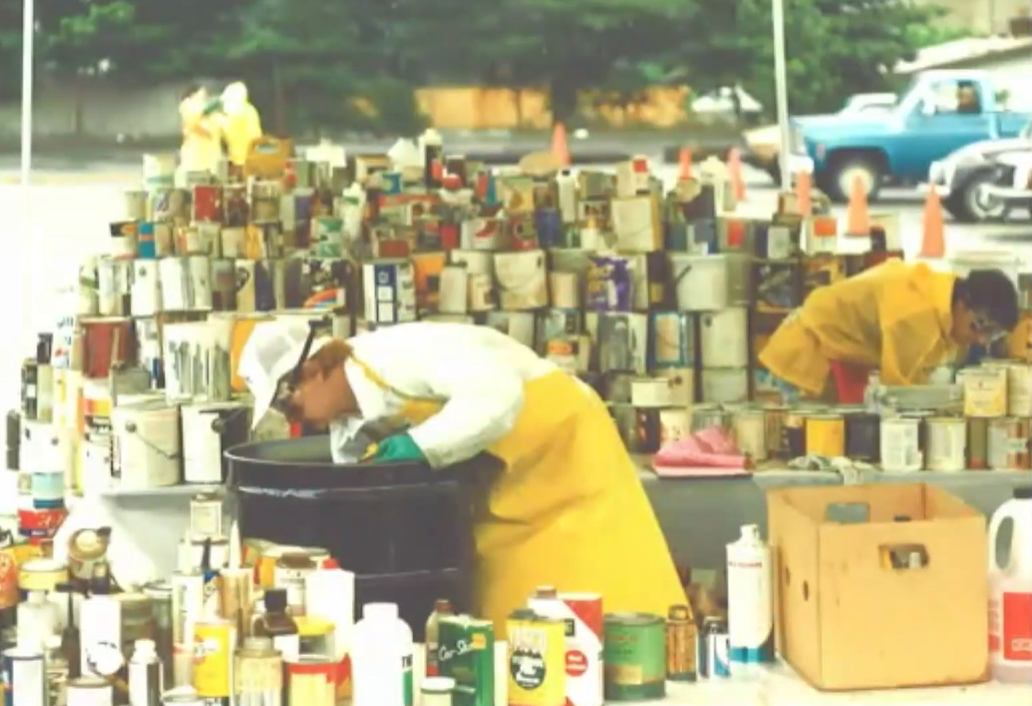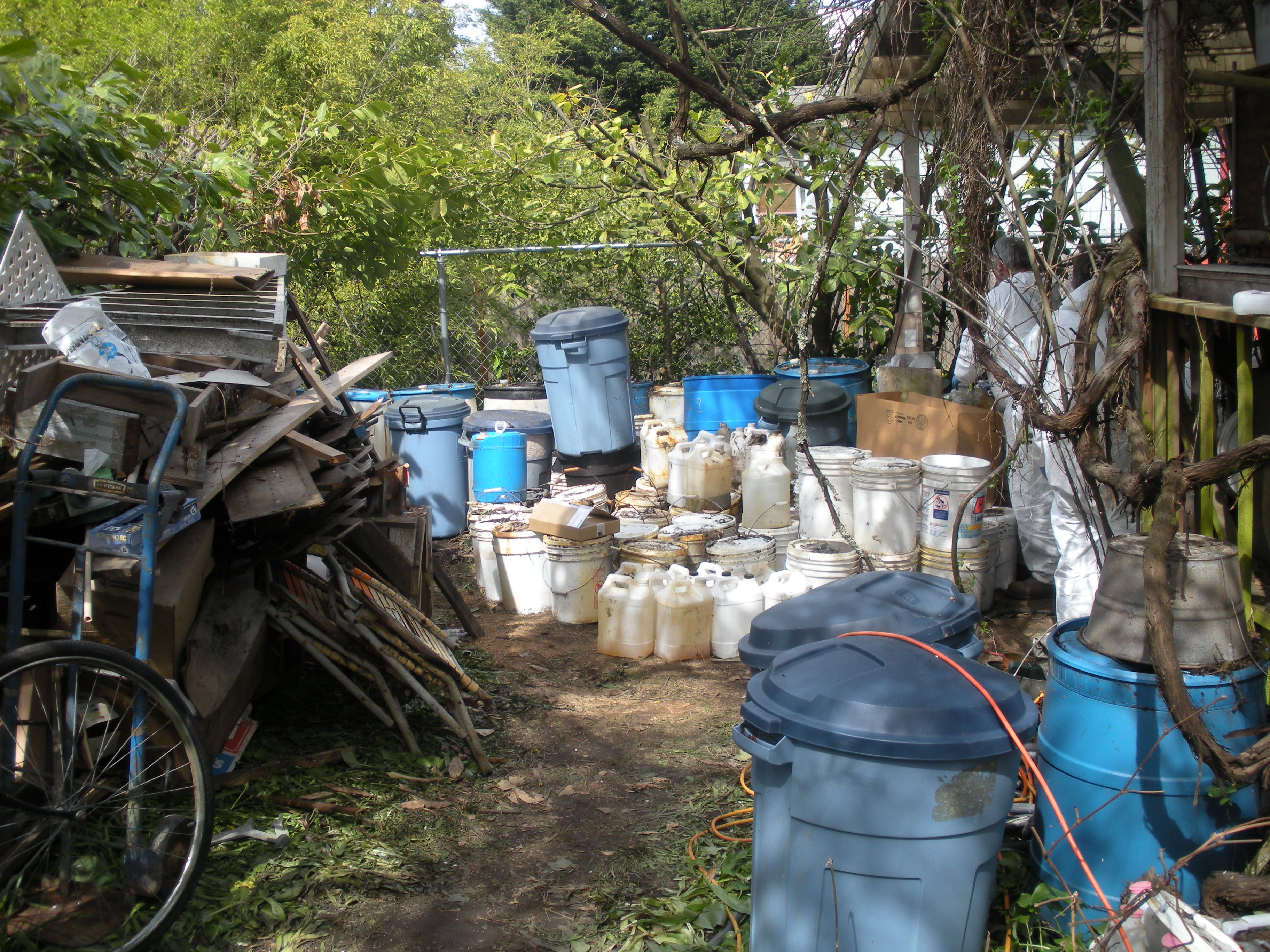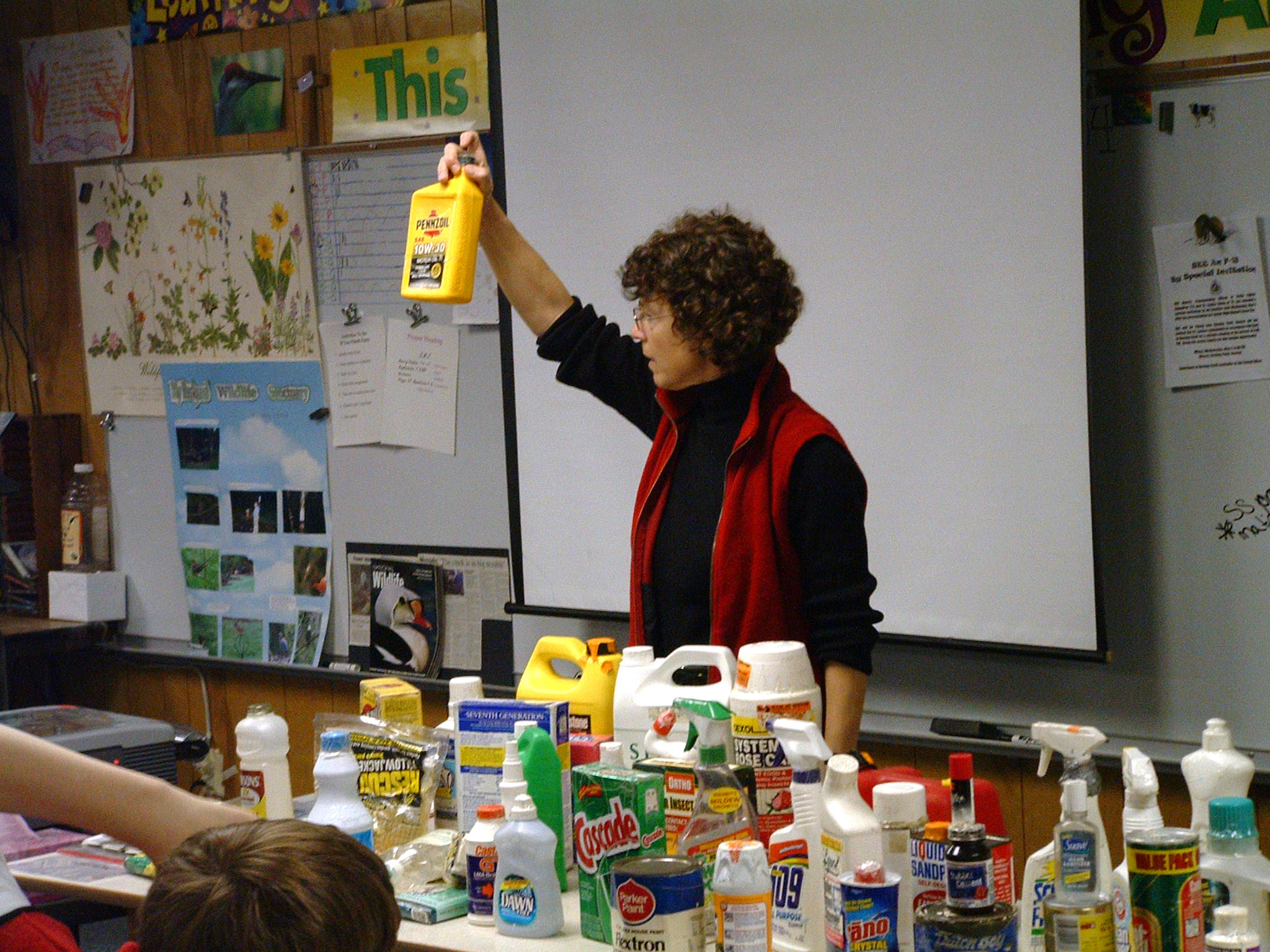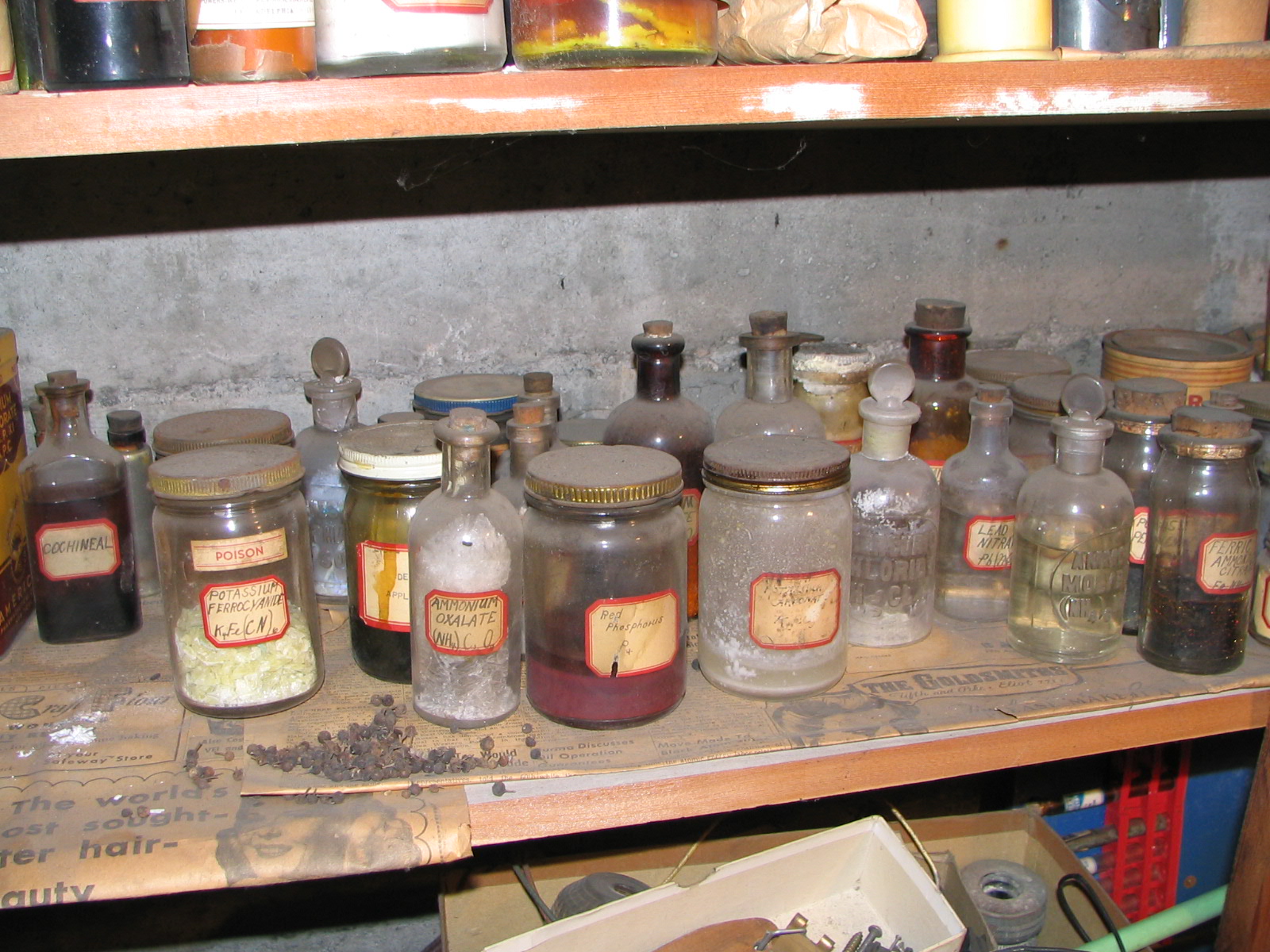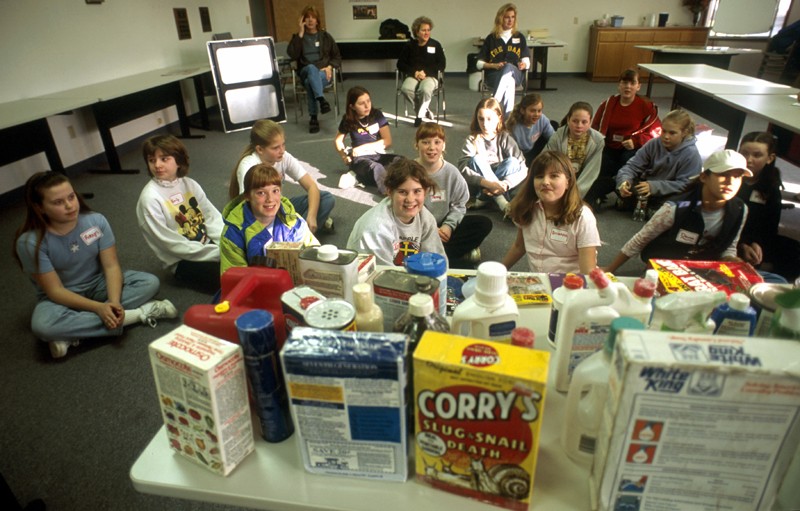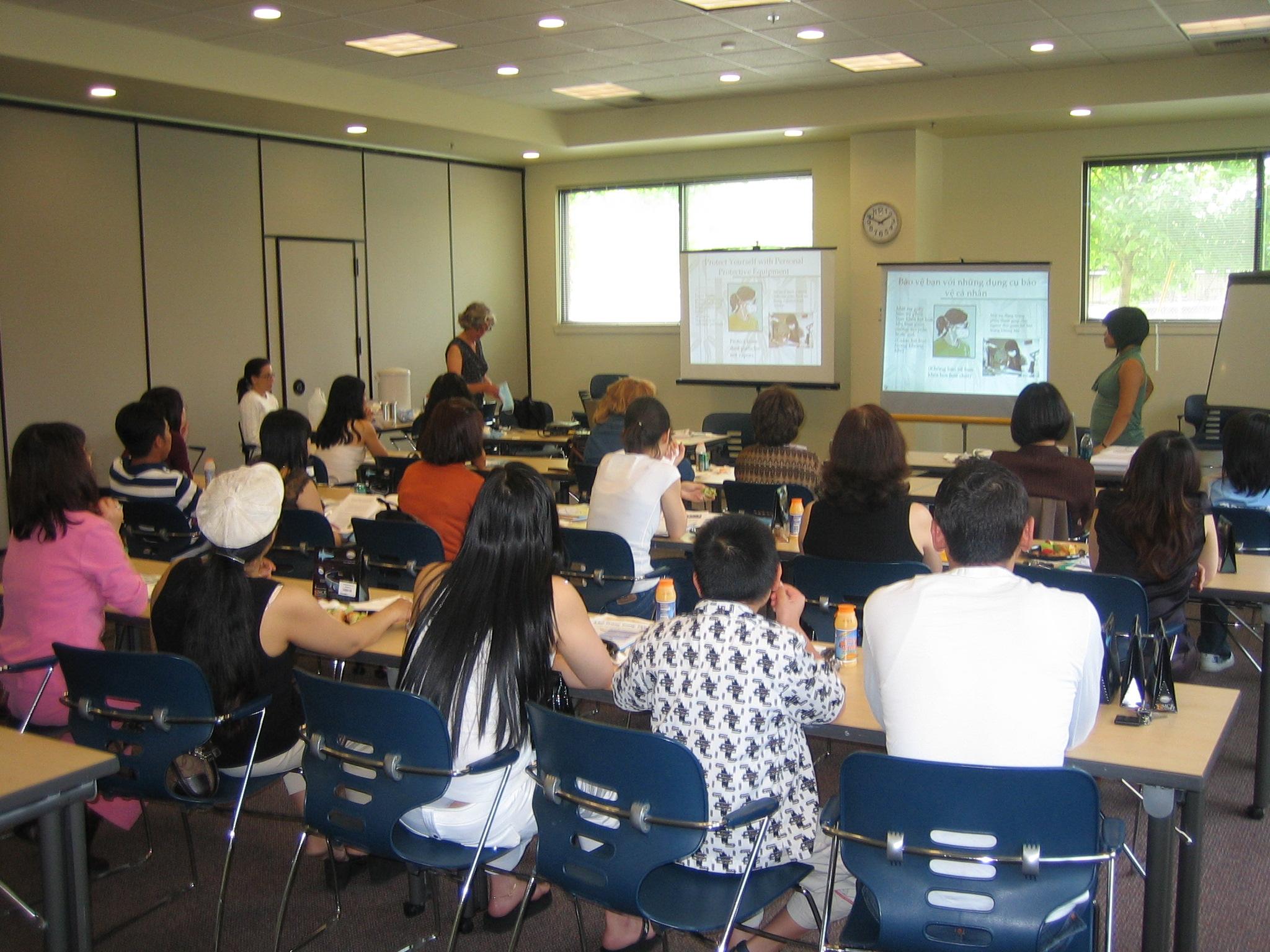35 years of change: How the Haz Waste Program has made King County cleaner, safer, and healthier

What began as a technical program focused primarily on establishing safe disposal options for hazardous waste, has evolved into one of the most comprehensive hazardous waste management systems in the country. As a regional coalition, the Haz Waste Program now supports residents and businesses across King County through community outreach, business assistance and incentives, upstream policy work, cutting edge research, and by offering services that are rooted in equity and responsive to all communities.
The Haz Waste Program now collects over 4 million pounds of hazardous waste each year, brought in by the more than 96,000 residents and small businesses who use our collection services annually. These collection efforts divert hazardous products from improper storage or disposal, protecting people and the environment from toxic exposures. More than 16,000 residents and 500 small businesses call our help line, attend educational events, or receive technical assistance each year. Our policy work has also contributed to dozens of toxic chemicals that are now banned or regulated in Washington state.
And we’re not slowing down any time soon.
Learn more about the Haz Waste Program and meet some of the people working behind the scenes by watching the video below.
The early years: A focus on disposal
The Haz Waste Program launched in 1990 in response to a state law requiring local governments to better manage hazardous waste from households and small businesses. The formal creation of the program built off King County’s ongoing efforts during the late 1970s and 80s to collect hazardous waste and reduce toxic exposures.
During these early years, the focus was on increasing hazardous waste disposal options and findings ways to make disposal more accessible. We launched the Wastemobile (which still makes stops throughout the county from February to October) and opened new collections sites strategically around the county to maximize our reach.
These efforts created opportunities to manage hazardous waste already out in communities. But as we moved into the 2000s, the Program shifted toward more proactive solutions.
While continuing to prioritize accessible disposal options, the Program began looking at opportunities to limit the number of hazardous products being produced before they reached people’s homes. The Haz Waste Program focused on state and local policy changes that could reduce human and environmental exposures to toxic products. With Program support, laws banning and regulating the use of mercury, flame retardants, lead, phthalates, BPA, and other chemicals and heavy metals in consumer products went into effect.
Notable laws include:
- The “Children’s Safe Products Act” (2008): This act limits toxic chemicals in children’s products sold in Washington.
- The “Pollution Prevention for Our Future Act” (2019) which led to the “Safer Products for Washington” program. The Program aims to reduce the use of toxic chemicals in consumer products and create pathways to keep these chemicals out of the environment.
- Battery stewardship law (2023): This law requires battery producers to participate in a stewardship program that collects and manages disposal of batteries.
- The “Toxic Free Cosmetics Act” (2023): This law restricts nine toxic chemicals/chemical classes from cosmetics made or sold in Washington.
- Lead in cookware bills (2024/25): These regulations effectively prohibit the sale of cookware tainted with lead.
Building connections in the community
Over the past 35 years, the Haz Waste Program has built a multi-faceted approach to delivering direct support to King County residents and small businesses.
Our Business Services team supports small businesses with free consultations and financial incentives to reduce hazardous waste, prevent pollution, and protect workers. We provide financial support to help businesses make hazardous waste management improvements, such as auto shops switching to safer degreasers and dry cleaners ditching harmful chemicals like PERC.
Similarly, our Residential Services team has expanded outreach through workshops, partnerships with community groups, and lead exposure investigations to help residents reduce toxic risks at home.
What’s next?
Upstream, systemic changes will remain our guiding light as the Haz Waste Program continues to evolve.
Our collections & disposal efforts will also continue to expand and adjust to new waste streams and a more diverse and growing population. This year we began collecting vaping devices at our disposal facilities and we will continue to expand our services to meet the needs of residents.
We will also continue to lead on collaborative, cutting edge research that supports King County communities and informs policy efforts. Some of our recent research efforts include lead in eyeliner testing, safer degreaser options for auto shops, and a new method for PFAS testing in consumer products.
In the coming years the Haz Waste Program, alongside our coalition partners, will remain committed to supporting policies that are grounded in equity and support the health of the residents and environment in King County.

 Translate
Translate
